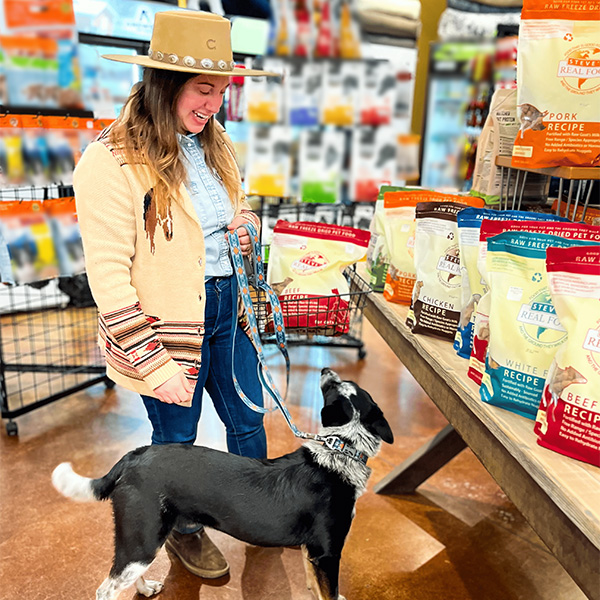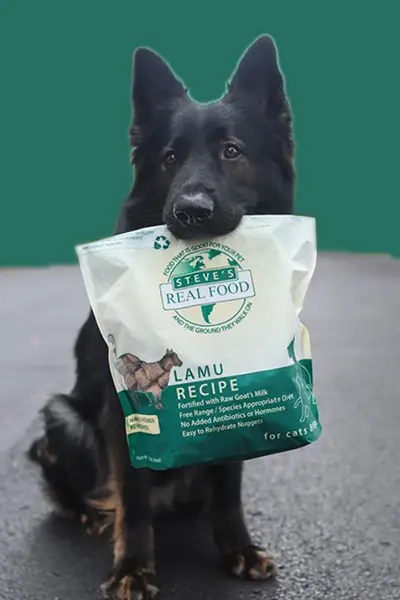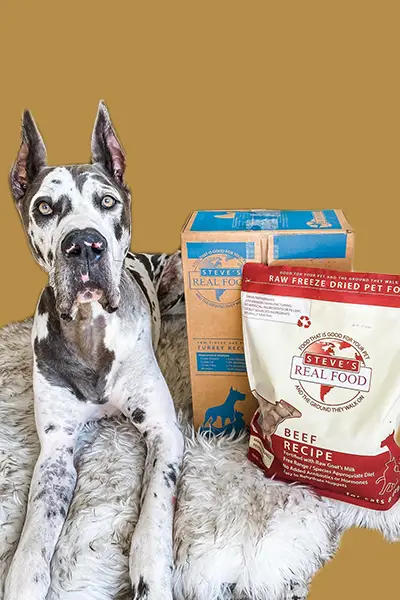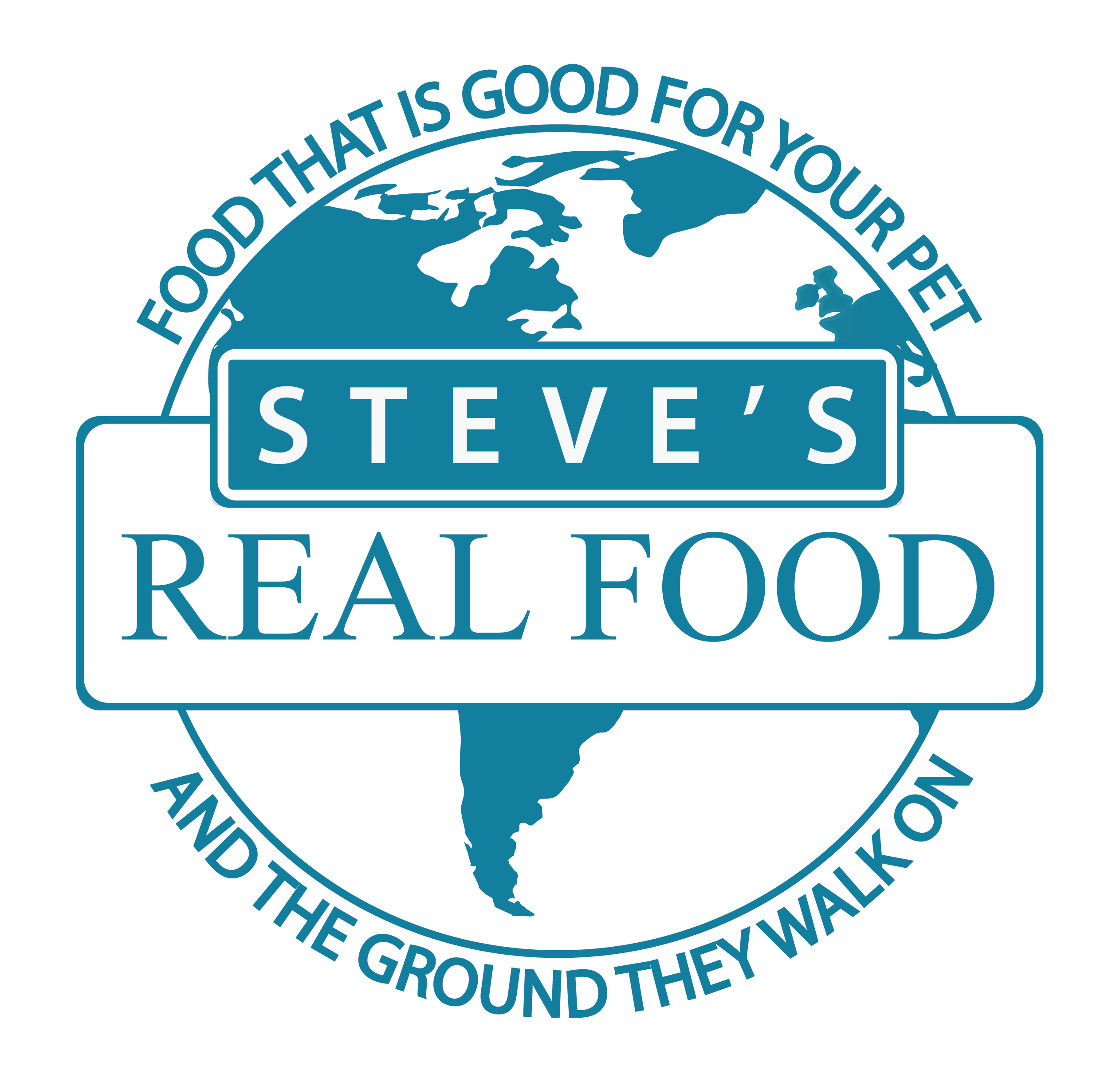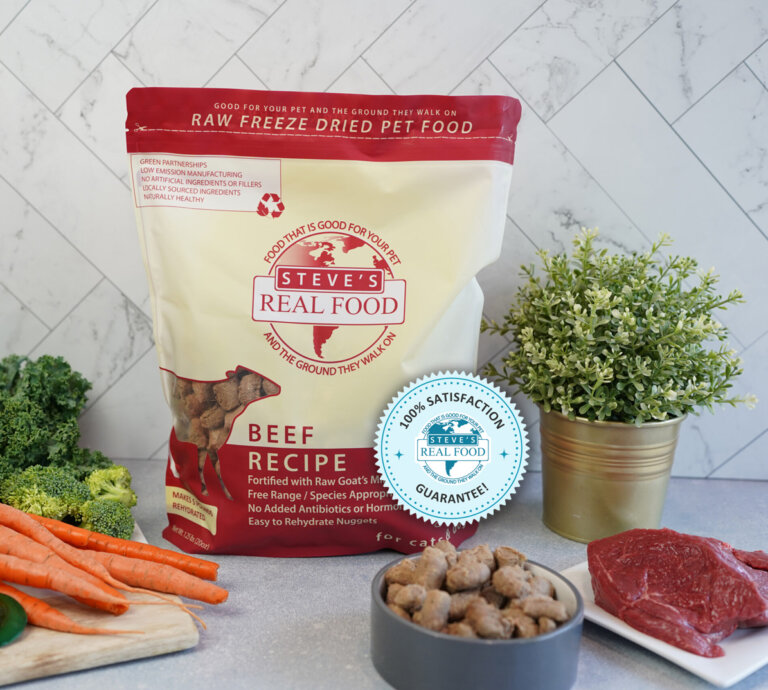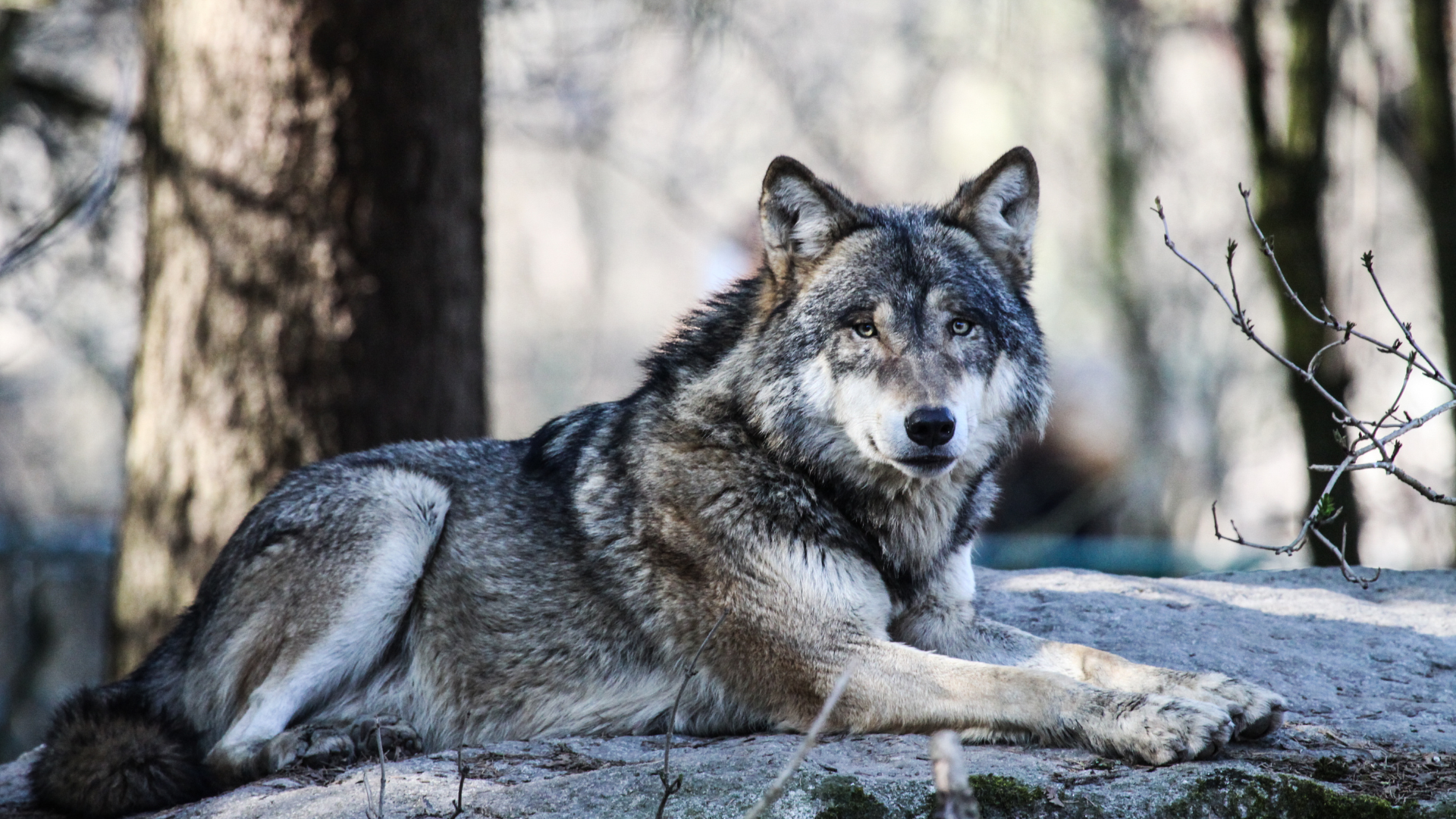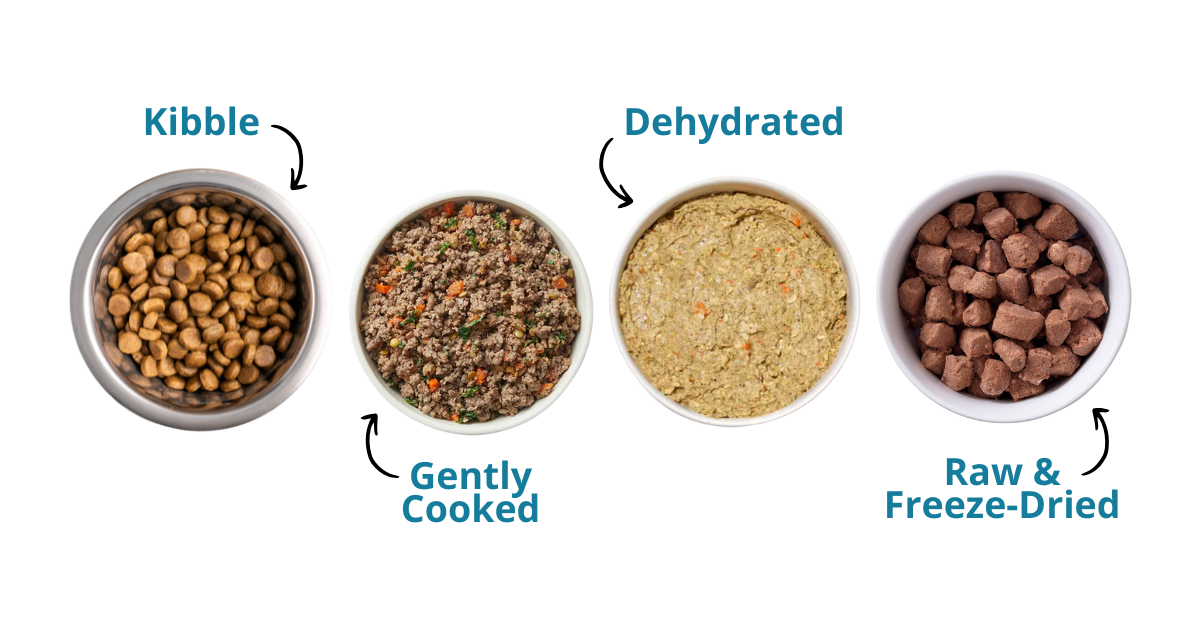Originally published in the Journal of the American Animal Hospital Association (Nov/Dec 1979)
By: Susan M. Landry, BS and H.J. Van Kruiningen, DVM, PhD
Introduction: Why Look to the Wild?
Veterinarians and pet nutritionists often disagree on the best diet for dogs and cats. Some support high meat and fat diets, while others insist carbohydrates are essential. Commercial pet foods only add to the confusion with conflicting messages and marketing.
This study explored what wild carnivores actually eat—looking at species like coyotes, foxes, wolves, bobcats, and more. By analyzing their stomach contents, the researchers aimed to better understand what nature intended for carnivores to consume—insight that’s highly relevant for feeding our domestic pets.
Key Takeaways
1. Carnivores Thrive on High-Animal-Protein Diets
Wild carnivores primarily consume prey animals—rabbits, rodents, deer, birds, and even insects. Their diets are rich in:
-
Muscle meat
-
Organs
-
Bones
-
Connective tissue (tendons, cartilage, etc.)
Implication: Raw diets that focus on whole-animal nutrition mirror what carnivores are biologically designed to eat.
2. Low Carbohydrate Intake Is the Norm
Most wild prey (like rabbits) are extremely lean. For example, rabbit meat is only about 5% fat, and natural prey contains almost no starch or added sugars.
Implication: Commercial pet foods with high grain or starch content may not be biologically appropriate.
3. Carnivores Eat the Whole Animal—Not Just the Meat
Stomach studies revealed carnivores often consume:
-
Bones and fur
-
Feathers and scales
-
Teeth and claws
These “indigestible” parts act as natural roughage, promoting digestive health.
Implication: A properly balanced raw diet should include not just meat, but also bone and organ matter for complete nutrition.
4. Opportunistic and Seasonal Eaters
Wild carnivores eat what they can find, and their diets change with the seasons:
-
More rabbits in winter
-
More rodents in fall
-
Occasional fruits, grass, or carrion
Implication: Feeding variety helps mimic the natural diversity in a wild carnivore’s diet.
5. Minimal Chewing, Maximum Bolting
Carnivores don’t chew much. They often swallow large chunks, including indigestible parts, which helps stimulate digestion.
Implication: Ground raw food is convenient, but feeding meaty bones and whole chunks occasionally supports dental and digestive health.
Animal-Specific Findings
Coyote
-
Diet: Rabbits, rodents, carrion, fruits, and even insects.
-
Opportunistic eaters that adapt based on region and season.
Fox
-
Diet: Rodents, rabbits, some fruits and grasses.
-
Red foxes tend to eat more meat; gray foxes consume more plant material.
Wolf
-
Diet: Large prey like deer, moose, livestock when available.
-
Pack hunting allows wolves to consume large meals less frequently.
Bobcat
-
Diet: Mice, rabbits, squirrels, porcupines.
-
Notably, porcupines are a preferred food despite their defenses.
Cougar
-
Diet: Primarily deer, but also smaller prey like hares.
-
Will consume tough grasses that even livestock avoid.
Lynx
-
Diet: Primarily snowshoe hares (over 75% of diet in some areas).
-
Very specialized hunters with limited variety in prey.
Final Thoughts: What This Means for Domestic Pets
Domestic dogs, like their wild cousins, are built to eat meat. Their anatomy—strong jaw muscles, simple stomachs, powerful digestion—is designed for high-protein, low-carb diets.
Although not all domestic dogs are hunters, their biology hasn’t changed. They still share the digestive traits and instincts of feral carnivores. Feeding a biologically appropriate raw diet honors their natural needs and may help avoid modern health issues linked to over-processed, grain-heavy foods.
In Summary: A Raw Truth
Feeding pets a species-appropriate, raw diet:
-
Aligns with their evolutionary biology
-
Mimics what nature has proven effective
-
Provides variety, balance, and bioavailable nutrition
Steve’s Real Food embraces this philosophy, providing raw diets that support vitality, digestion, and overall well-being—just like nature intended.
 Beef
Beef Chicken
Chicken Whitefish
Whitefish Pork
Pork Lamb
Lamb Turkey
Turkey Turducken
Turducken All Protein
All Protein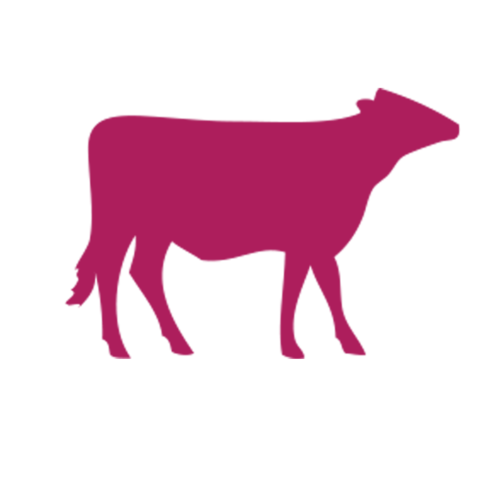 Beef
Beef Chicken
Chicken White Fish
White Fish Pork
Pork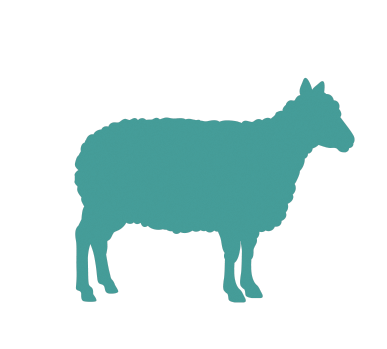 Lamb
Lamb Turkey
Turkey Duck
Duck All Products
All Products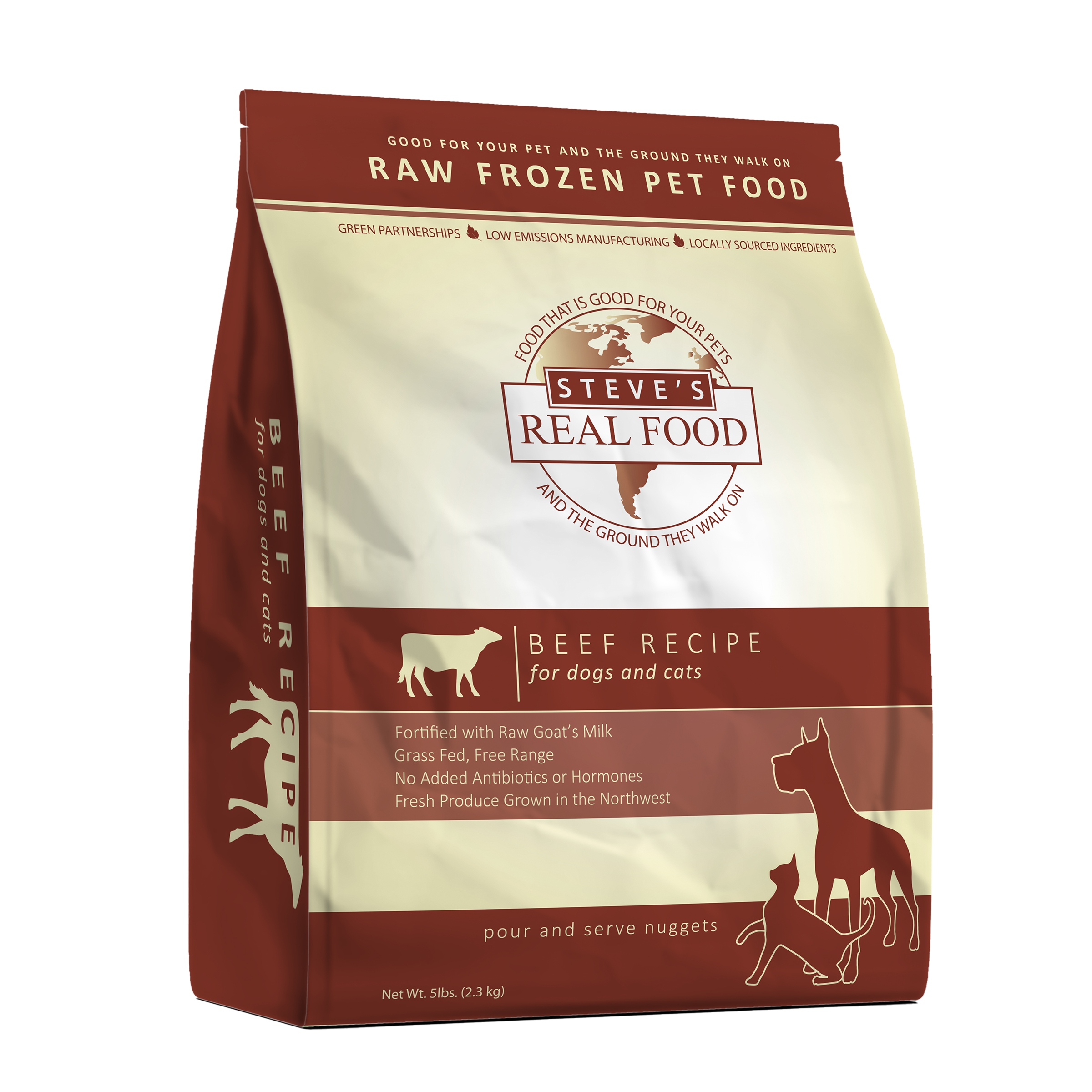 Frozen Raw Pet Food
Frozen Raw Pet Food
 Freeze Dried Raw Pet Food
Freeze Dried Raw Pet Food
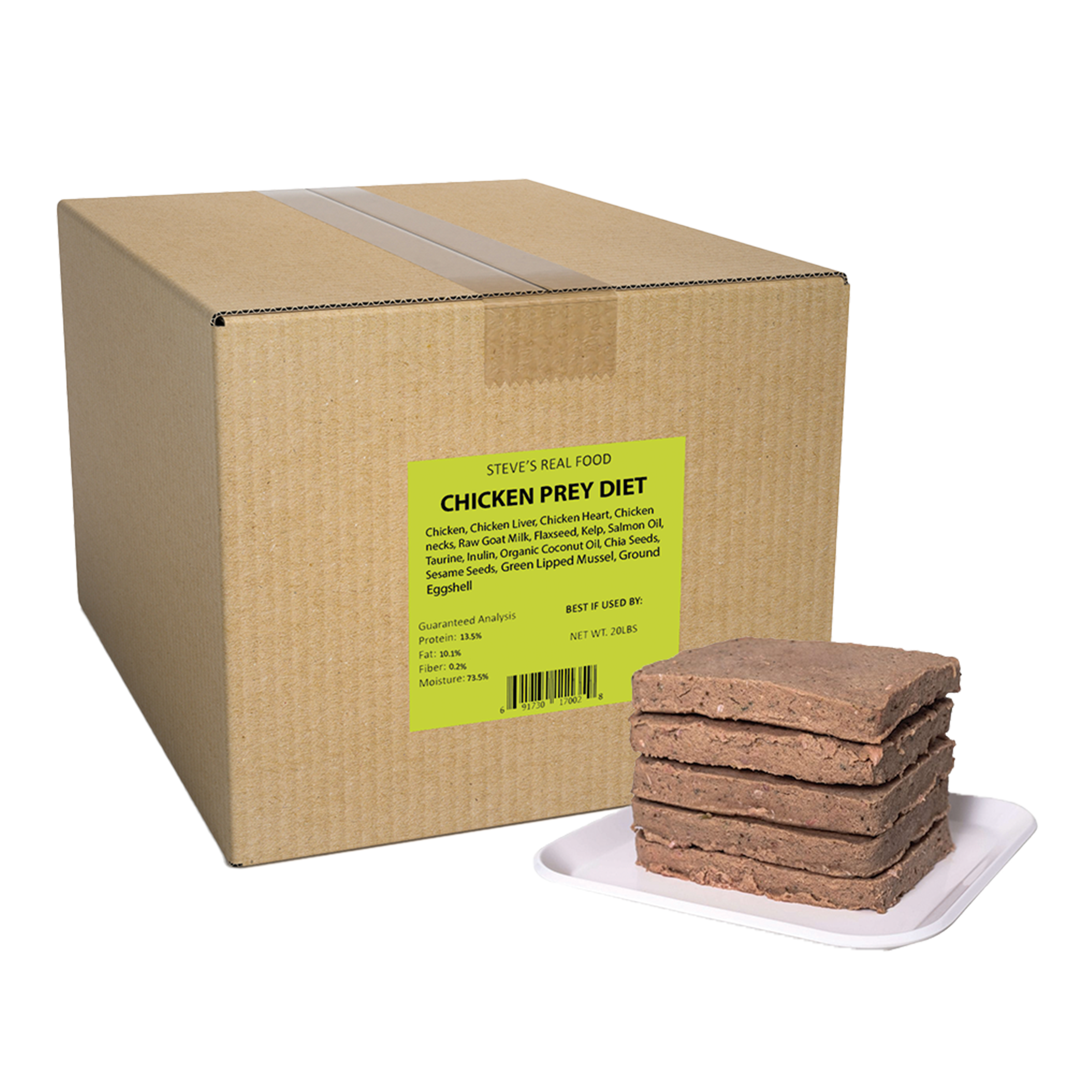 Frozen Prey Diet
Frozen Prey Diet
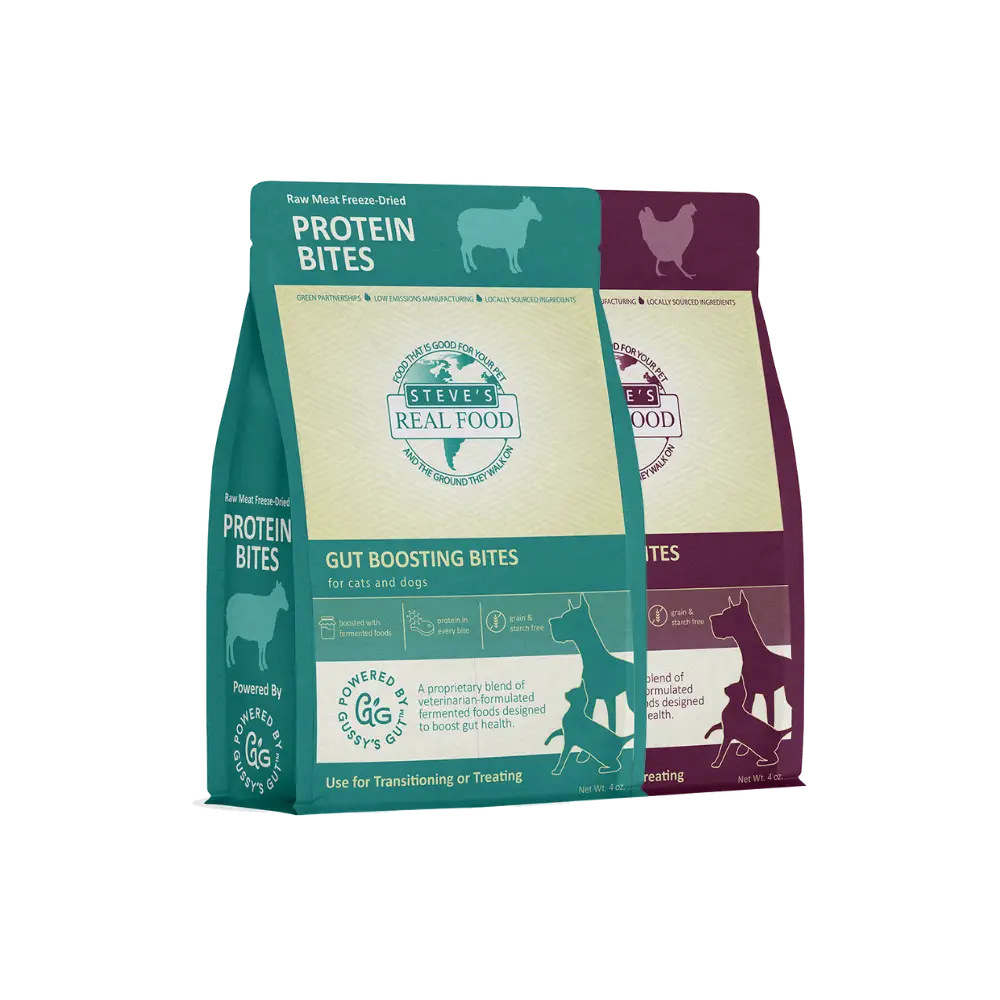 Freeze Dried Protein Bites
Freeze Dried Protein Bites
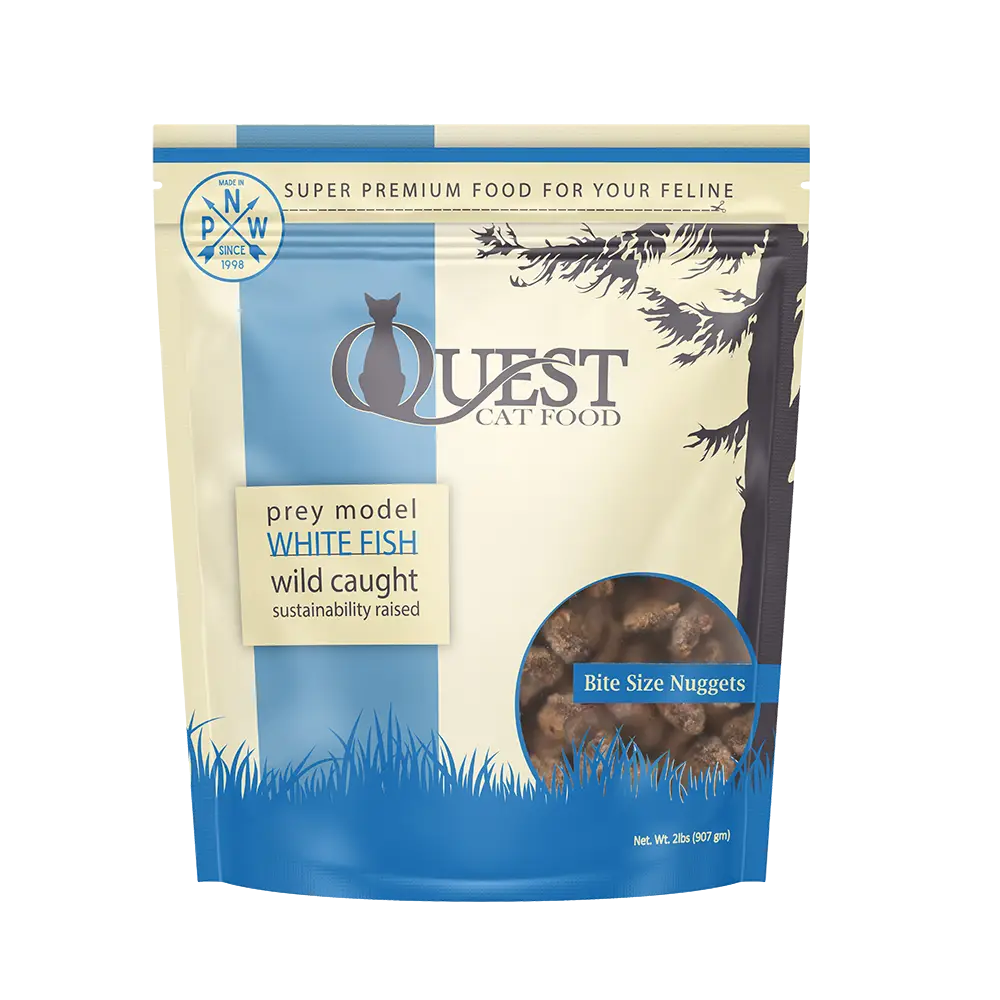 Frozen Quest
Frozen Quest
 Freeze Dried Quest
Freeze Dried Quest
 Eggs over Easy
Eggs over Easy
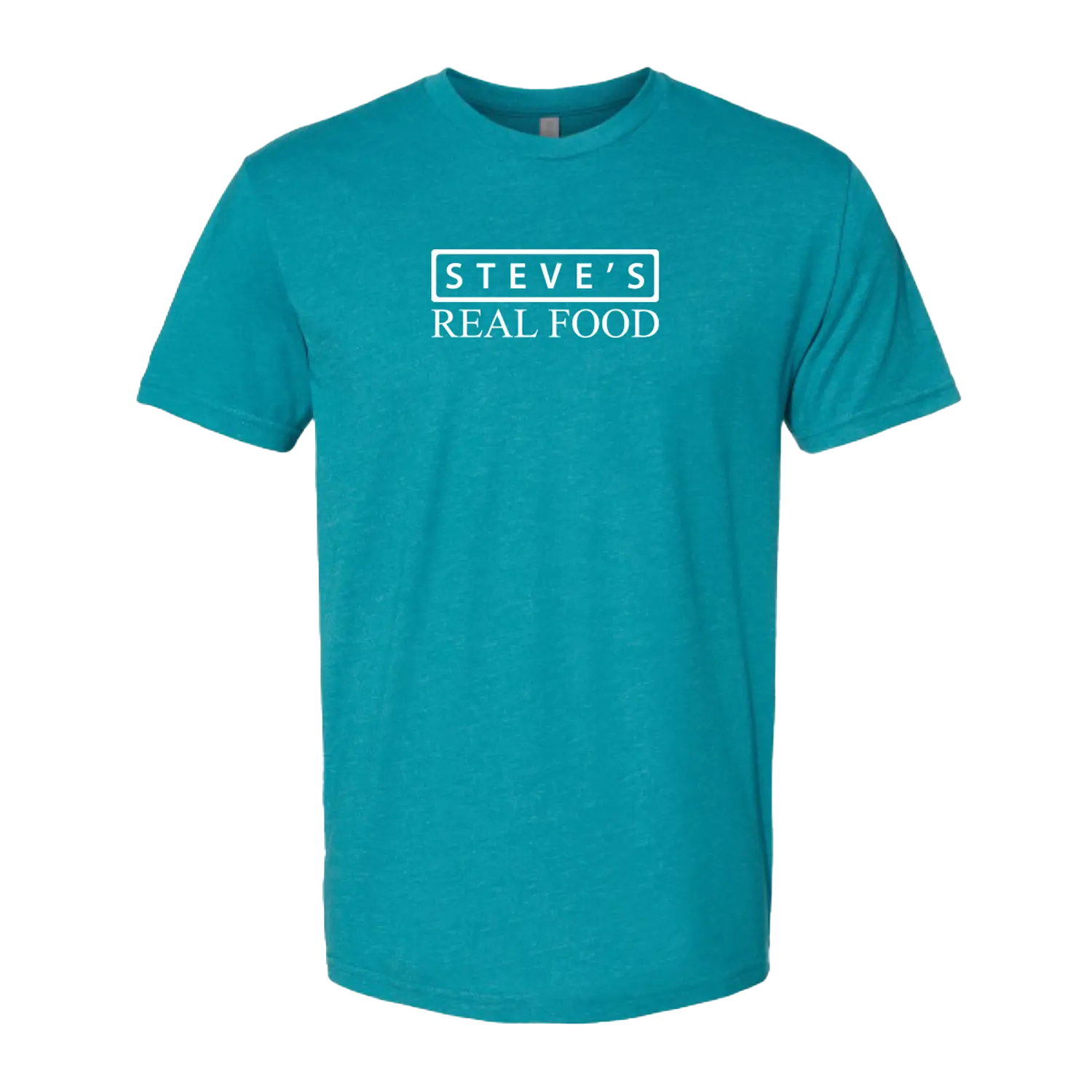 Steve's Merch
Steve's Merch 